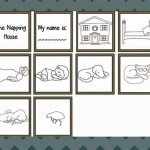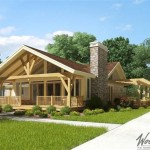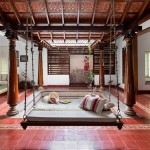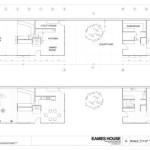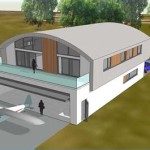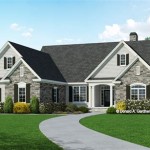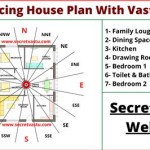Essential Aspects of Baltimore Row Houses Floor Plans
Baltimore row houses, known for their distinctive brick facades and narrow width, have a unique floor plan that has evolved over time. Understanding the key aspects of these floor plans is essential for anyone considering buying or renovating a Baltimore row house. ### Ground Floor:The ground floor typically consists of a formal living room and dining room, separated by pocket doors or an archway. The kitchen is usually located in the rear of the house, often with a small breakfast nook or serving area. A half-bathroom or powder room is commonly tucked under the stairs leading to the upper floors.
### First Floor:The first floor typically houses the primary bedroom, which is usually the largest room in the house. It often features an attached en-suite bathroom and a walk-in closet or dressing room. Additional bedrooms may be located on this floor, along with a shared full bathroom.
### Second Floor:The second floor, if present, typically consists of smaller bedrooms or additional living spaces. It may also have a full bathroom or additional storage space. In some cases, the second floor may be converted into a master suite or a separate apartment with its own entrance.
### Basement:Many Baltimore row houses have full or partial basements. These basements often provide additional living space, storage, or laundry facilities. Some basements may also have exterior access, creating a semi-separate space for recreation or rental.
### Key Features:In addition to the standard floor plan, Baltimore row houses often have several characteristic features:
- Built-in storage, such as closets, pantries, and under-stair cabinets
- Original hardwood floors throughout the house
- High ceilings and large windows
- Brick fireplaces in the living room and dining room
- Enclosed porches or sunrooms
- Small outdoor spaces, such as courtyards or alleyway gardens
While the classic floor plan described above is common, there can be variations among Baltimore row houses. Some houses may have a wider footprint, allowing for additional rooms or a different configuration. Others may have been renovated or altered over time, resulting in unique layouts.
### Advantages:Baltimore row house floor plans offer several advantages:
- Efficient use of space, minimizing wasted areas
- Excellent natural light due to large windows
- Historic charm and character
- Potential for additional living space and storage
- Convenient location in urban neighborhoods
When considering a Baltimore row house, it is important to keep in mind some potential drawbacks as well:
- Narrow width may limit the amount of furniture that can be accommodated
- Older houses may have outdated electrical or plumbing systems
- Limited outdoor space, especially in city locations
- Potential for noise transmission between units in attached row houses
- Association fees and shared maintenance responsibilities in some neighborhoods

Community Architect Anatomy Of The Baltimore Rowhouse

Row House Layout Bing Images Floor Plans

Building The Best Baltimore Rowhomes And Neighborhoods Greenbuildingadvisor

Rowhouse Floor Plans

Building The Best Baltimore Rowhomes And Neighborhoods Greenbuildingadvisor

Building Designs By Stockton Plan 5 2322 Narrow House Plans Town Floor

3 Bedroom Townhomes In Baltimore Md Refinery Row

12 Row House Design Ideas

Breaking The Baltimore Runoff Machine Ecosystem Study
Design Manual

